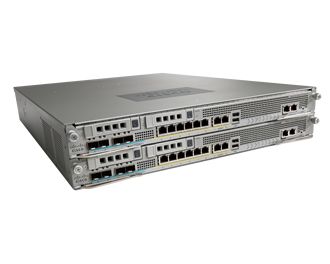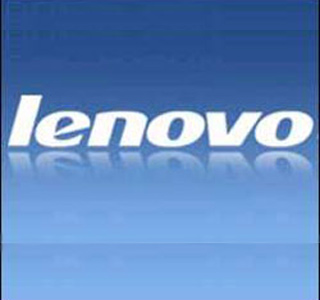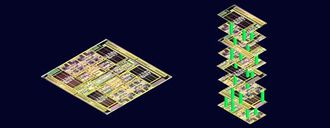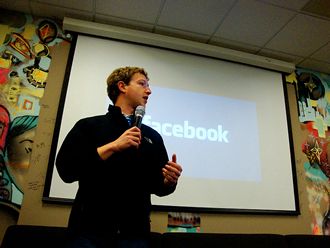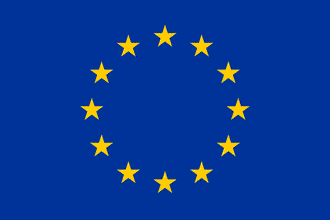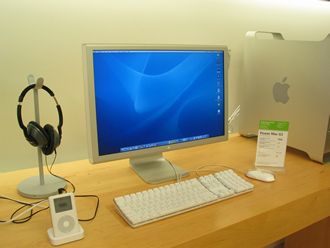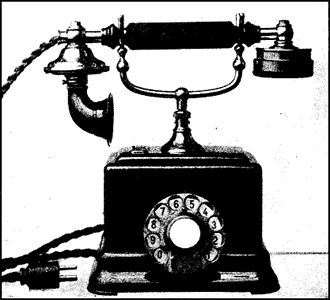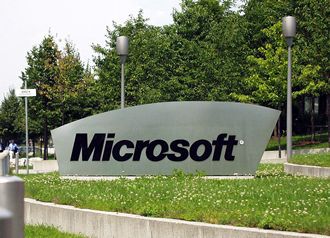 The price of NAND flash is flat or showing a slight fall, and prices are expected to drop significantly in 2015.
The price of NAND flash is flat or showing a slight fall, and prices are expected to drop significantly in 2015.
Trendforce reported that manufacturers are overstocked and that means prices will stay flat until the end of this year.
But prices are expeted to drop because sales of PCs, smartphones and tablets will fall by 10 percent in the first quarter.
These price drops will apply to the contract market rather than the spot market – the contract market is largely made up of manufacturers who commit themselves to volume amounts rather than scrabble around in the spot market.
And that means that in order to cut costs and reduce losses, the buyers of contract NAND will adopt more conservative buying strategies.
That, in turn, will mean the US and Asian manufacturers of NAND flash will keep prices down or even reduce them in the first quarter of next year.



